Stargazing often focuses on well-known constellations, but the night sky is filled with many lesser-known wonders. These obscure constellations have rich mythologies and histories that are equally fascinating. Exploring these celestial patterns opens up a world of ancient stories and intriguing tales. Here, we delve into the details and myths of some obscure constellations, uncovering their unique significance in the sky.
Caelum – The Chisel
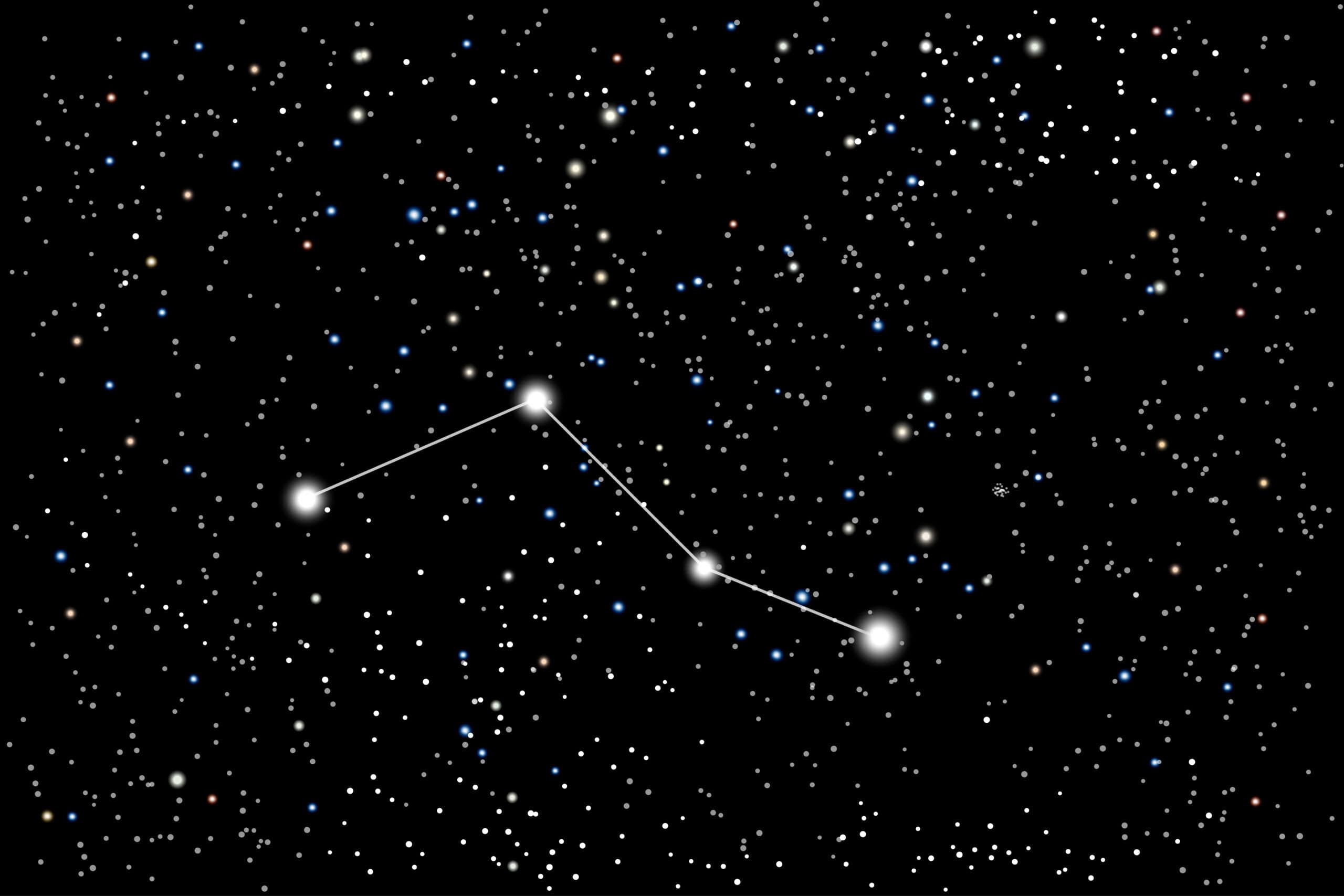
Caelum represents the chisel, a tool used by sculptors. Named by French astronomer Nicolas Louis de Lacaille in the 18th century, it honors the art of carving and sculpture. Its location in the southern sky makes it relatively obscure. The constellation contains few bright stars, making it challenging to spot without a telescope. Its name signifies the importance of craftsmanship in ancient cultures. Sculptors were highly respected, and their tools were considered extensions of their creative spirit. The constellation serves as a celestial tribute to their artistry and dedication.
Camelopardalis – The Giraffe
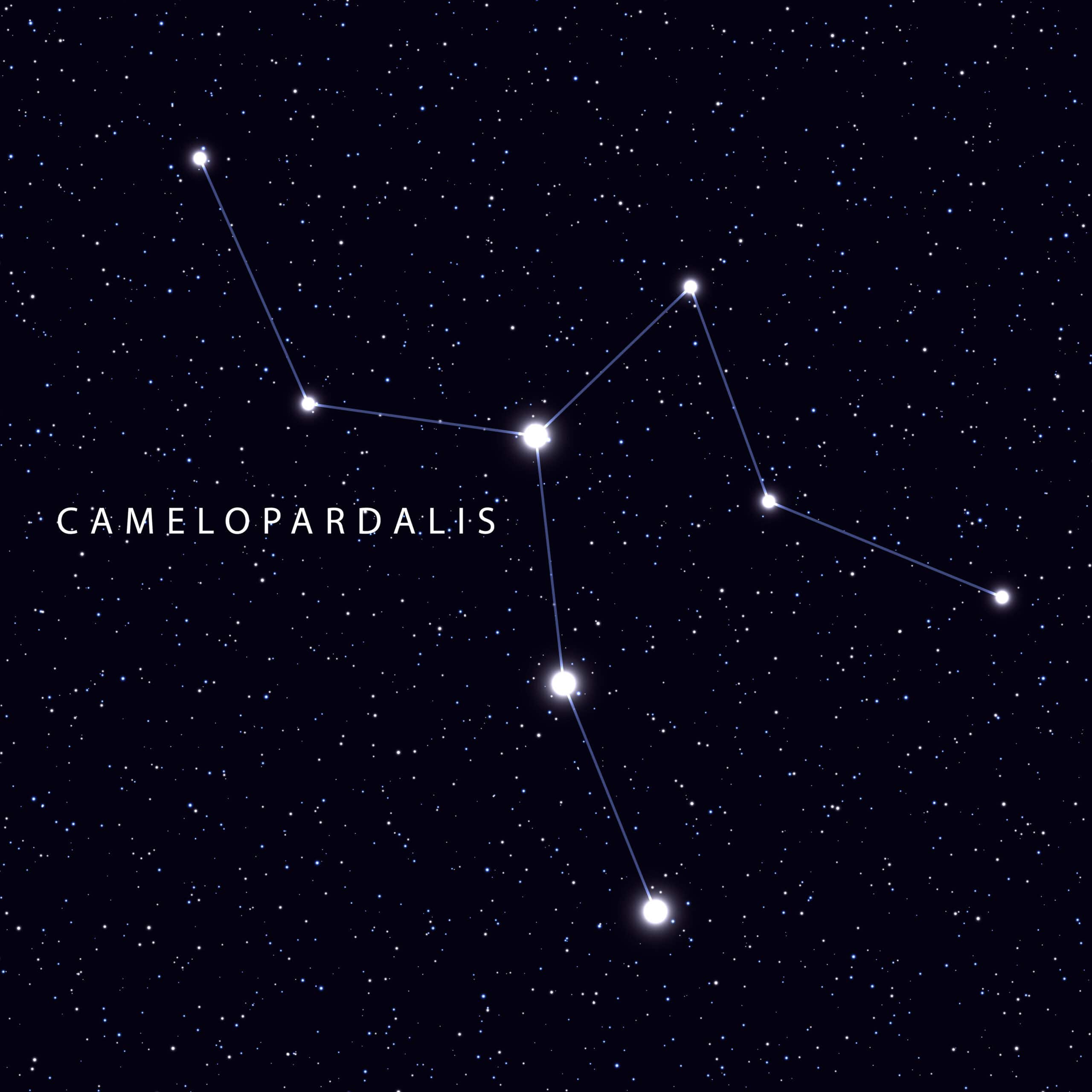
Camelopardalis is a large but faint constellation. It represents a giraffe, named from the Greek words for camel and leopard. The constellation was introduced by Petrus Plancius in the early 17th century. Its stars are spread over a large area, making it difficult to identify. In mythology, the giraffe symbolized exotic and distant lands. Its long neck was seen as a connection between the earth and the heavens. Despite its faintness, Camelopardalis remains a symbol of exploration and the mysteries of far-off places. It encourages stargazers to look beyond the familiar.
Canes Venatici – The Hunting Dogs

Canes Venatici consists of two stars. It represents the hunting dogs of the mythical herdsman Boötes. Introduced by Johannes Hevelius in the 17th century, it fills a gap between Boötes and Ursa Major. The constellation is small but rich in deep-sky objects. Mythologically, the hunting dogs symbolize loyalty and vigilance. Boötes used them to keep the bears of the sky in check. Their presence in the sky serves as a reminder of the bond between humans and their canine companions. The constellation honors their role in myth and daily life.
Capricornus – The Sea-Goat
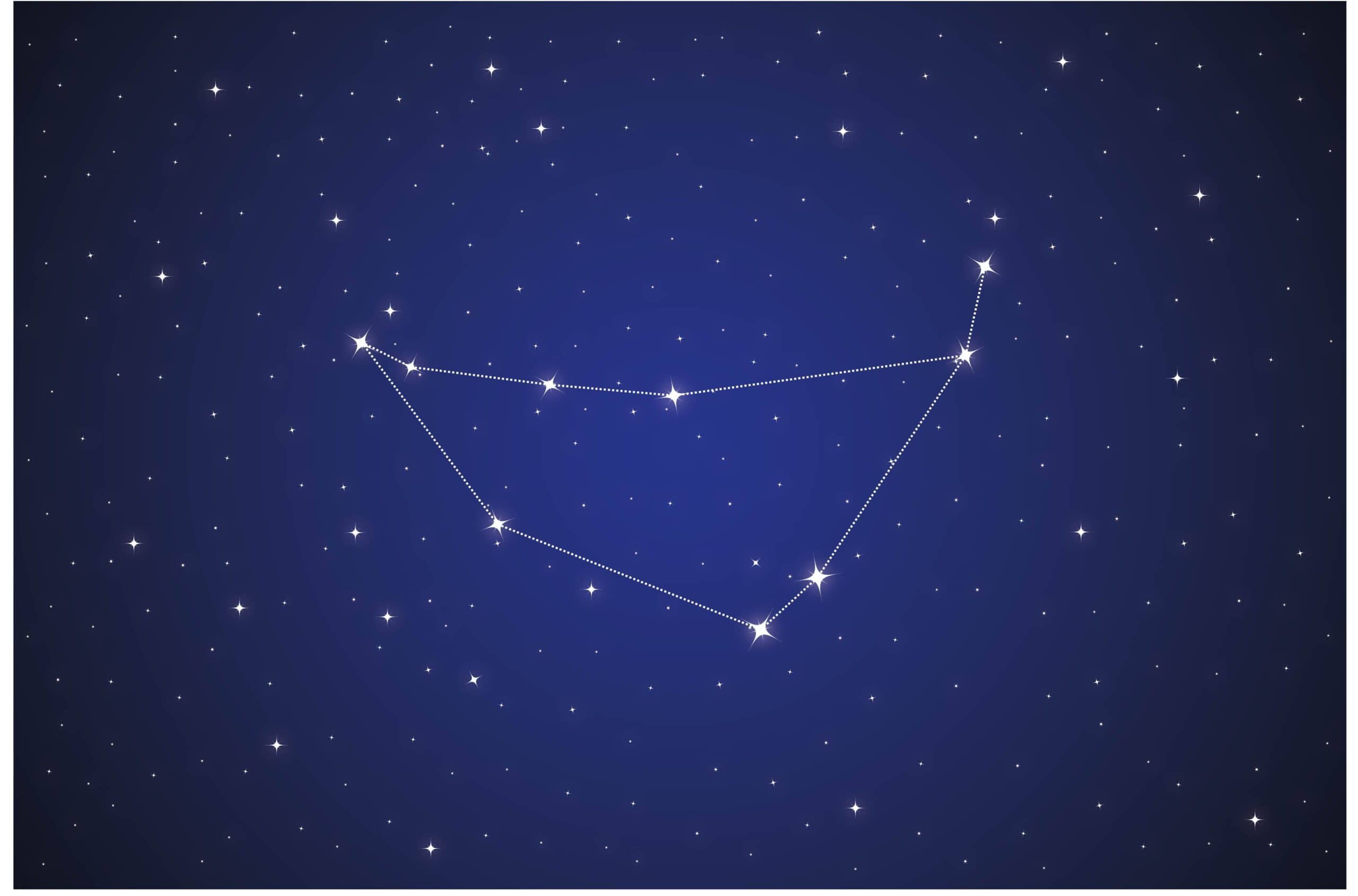
Capricornus, or the Sea-Goat, combines the features of a goat and a fish. It is one of the oldest constellations, dating back to Babylonian times. Its stars form a faint, triangular pattern. Visible in the southern sky, it is best seen during late summer. Capricornus is linked to the god Pan. He transformed into a sea-goat to escape the monster Typhon. This blend of land and sea creatures symbolizes adaptability and survival. Capricornus stands as a testament to ancient myths and their enduring legacy in the stars.
Carina – The Keel of the Ship
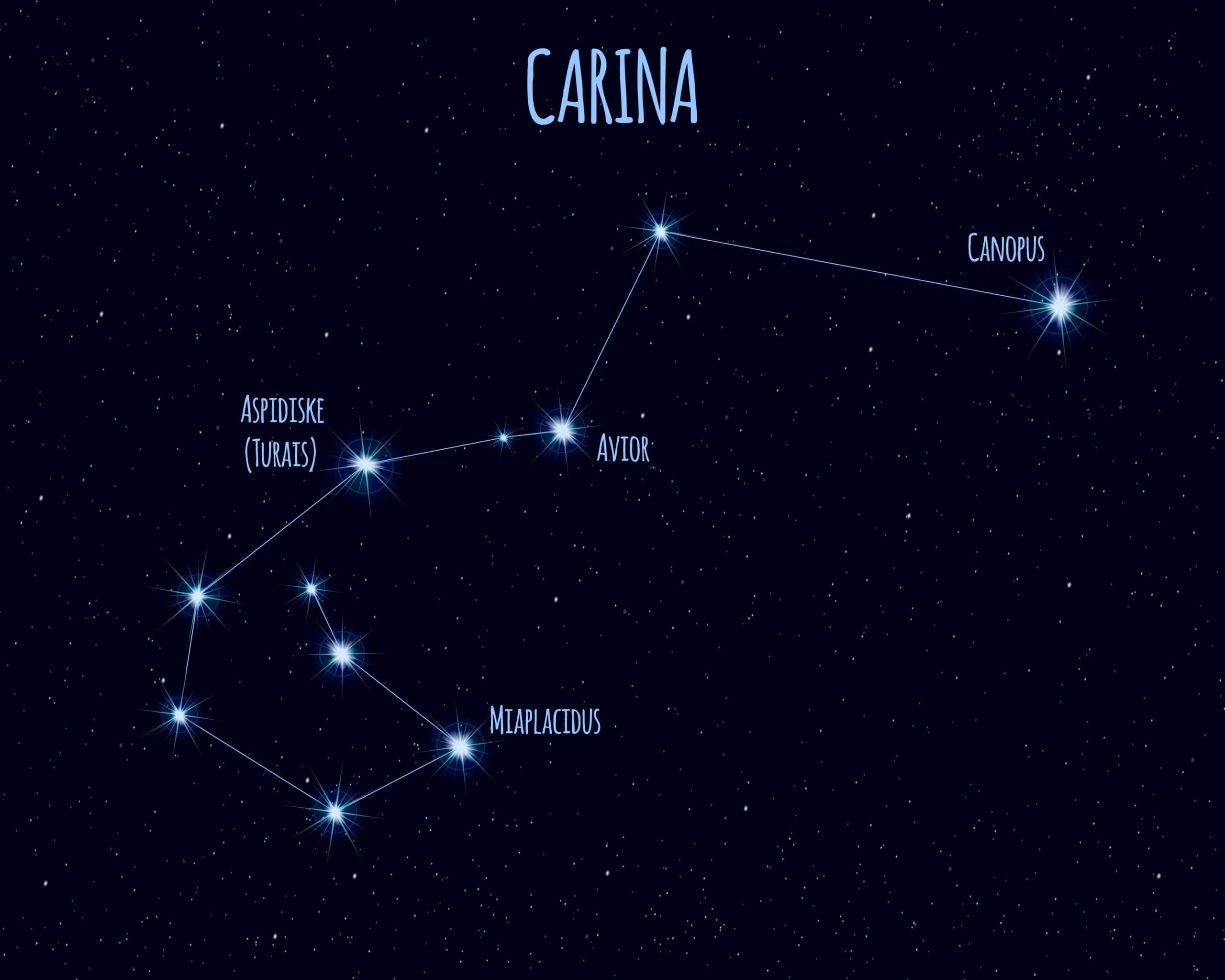
Carina represents the keel of the ship Argo. Named by Lacaille, it was part of the larger constellation Argo Navis. The constellation was later divided into smaller parts. Carina contains Canopus, the second-brightest star in the sky. The mythology of Carina is tied to the Argonauts’ voyage. The ship Argo carried Jason and his crew on their quest for the Golden Fleece. Carina’s stars were seen as guiding the ship through dangerous waters. The constellation embodies adventure and the spirit of exploration.
Centaurus – The Centaur
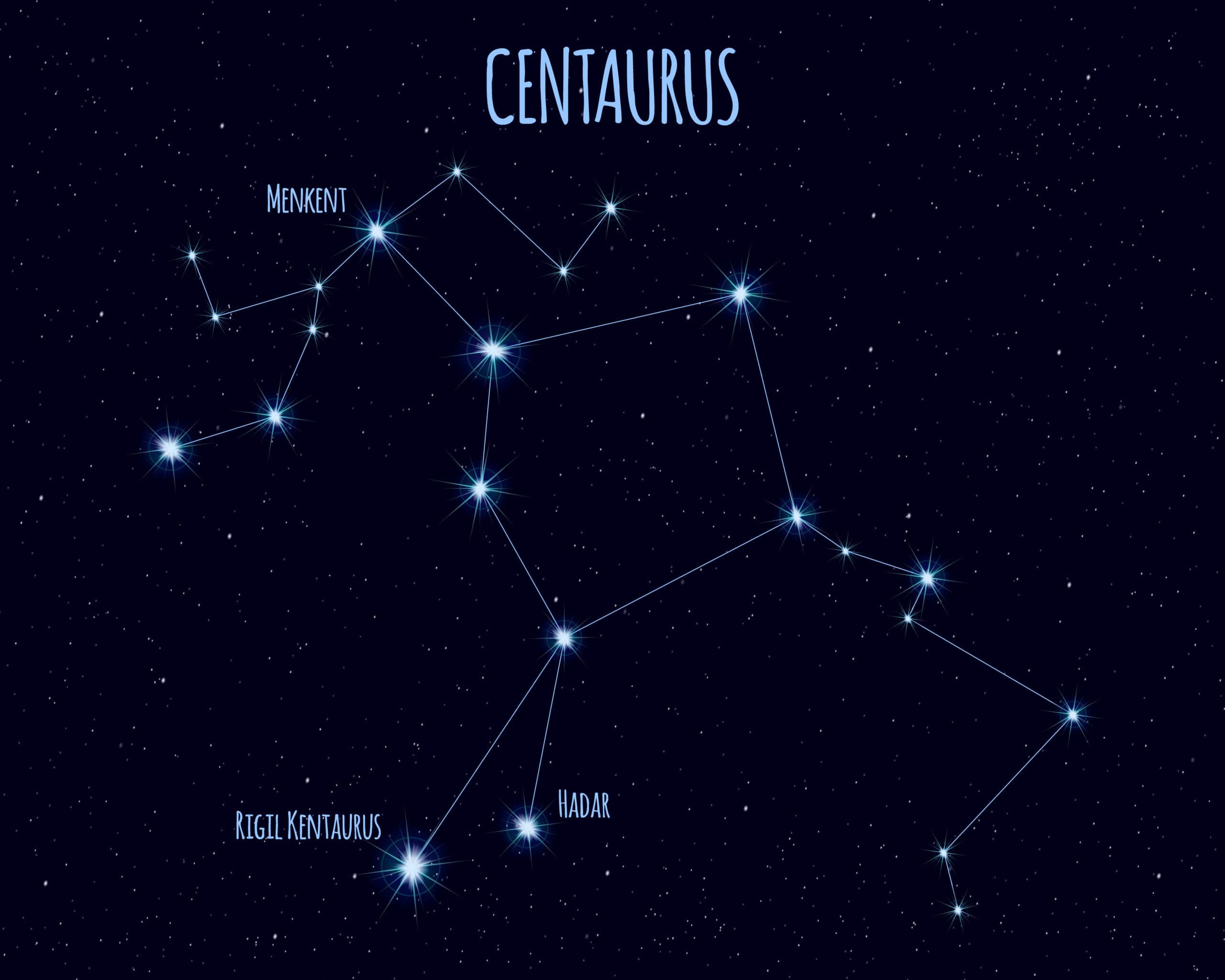
Centaurus depicts a centaur, a creature with the body of a horse and the torso of a man. It is a prominent constellation in the southern sky. Centaurus contains Alpha Centauri, the closest star system to Earth. Its history dates back to ancient Greece. The myth of Centaurus is associated with Chiron, a wise and noble centaur. Unlike other centaurs, Chiron was known for his knowledge and kindness. He tutored many Greek heroes, including Achilles. Centaurus honors Chiron’s wisdom and his contributions to mythology.
Cetus – The Sea Monster
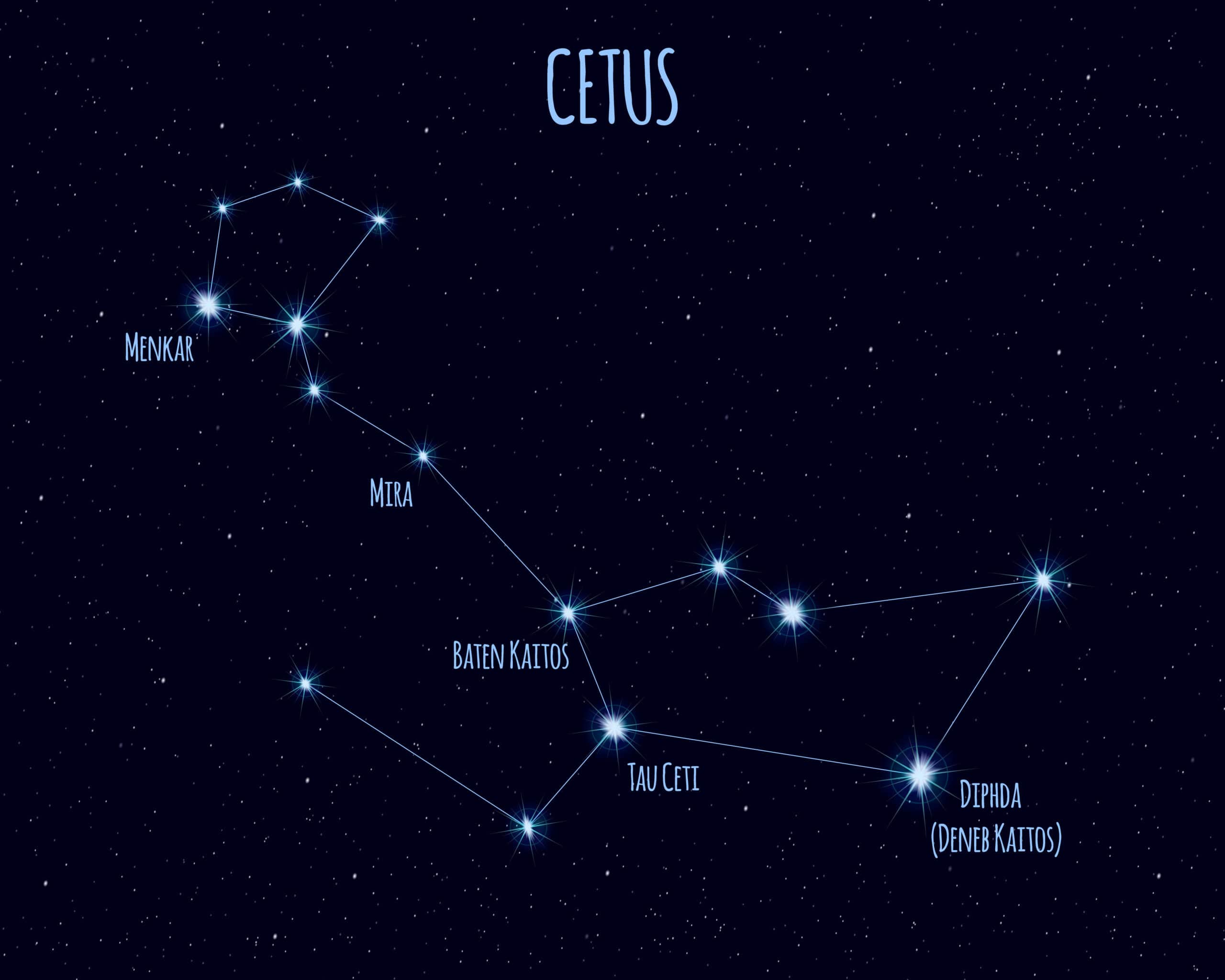
Cetus represents a sea monster or whale. It is a large constellation, located near the celestial equator. Cetus was one of the 48 constellations listed by Ptolemy. It contains the variable star Mira, which changes brightness dramatically. Cetus was the monster sent to devour Andromeda. Perseus saved her by slaying Cetus with the head of Medusa. The constellation symbolizes danger and heroism. It serves as a reminder of the classic myth and the triumph of courage over adversity.
Chamaeleon – The Chameleon

Chamaeleon is a small constellation near the south celestial pole. Named for its resemblance to a chameleon, it was introduced by Dutch navigators in the 16th century. The constellation’s stars are faint, making it hard to see with the naked eye. The mythology of Chamaeleon is less defined. However, its name reflects the creature’s ability to blend into its surroundings. This quality symbolizes adaptability and change. Chamaeleon’s presence in the sky highlights the wonder of nature and the diversity of life.
Circinus – The Compass
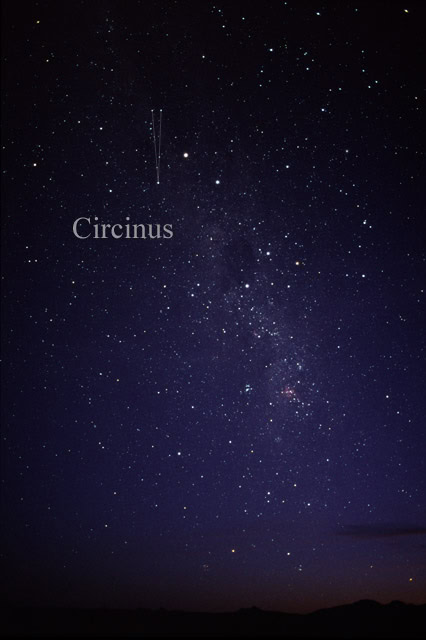
Circinus represents a pair of compasses used by draftsmen and navigators. French astronomer Nicolas Louis de Lacaille named it in the 18th century. Located in the southern hemisphere, Circinus is faint and difficult to see without a telescope. It lies near the brighter constellation of Centaurus. Mythologically, Circinus symbolizes precision and navigation. Ancient explorers relied on compasses to chart their courses. The constellation honors the tools that guided their journeys. Circinus serves as a celestial tribute to human ingenuity and the spirit of exploration.
Columba – The Dove
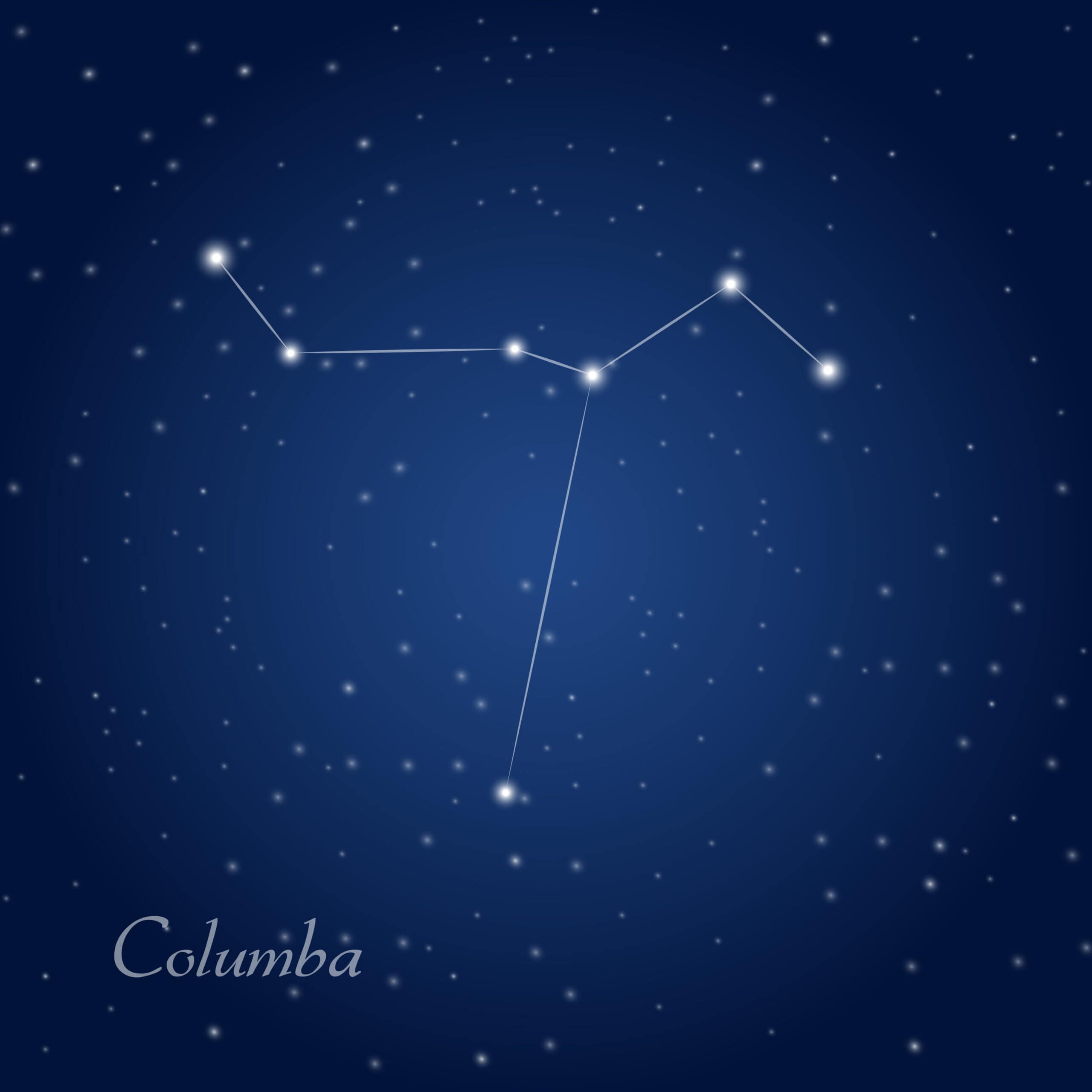
Columba represents a dove, a symbol of peace and hope. Dutch astronomer Petrus Plancius introduced it in the late 16th century. It lies near the constellation Canis Major. Columba’s stars are relatively faint, making it a challenge to spot. In mythology, the dove is associated with Noah’s Ark. It brought back an olive branch, signaling the end of the flood. Columba symbolizes new beginnings and divine messages. Its presence in the sky reminds us of the enduring symbol of peace.
Coma Berenices – Berenice’s Hair
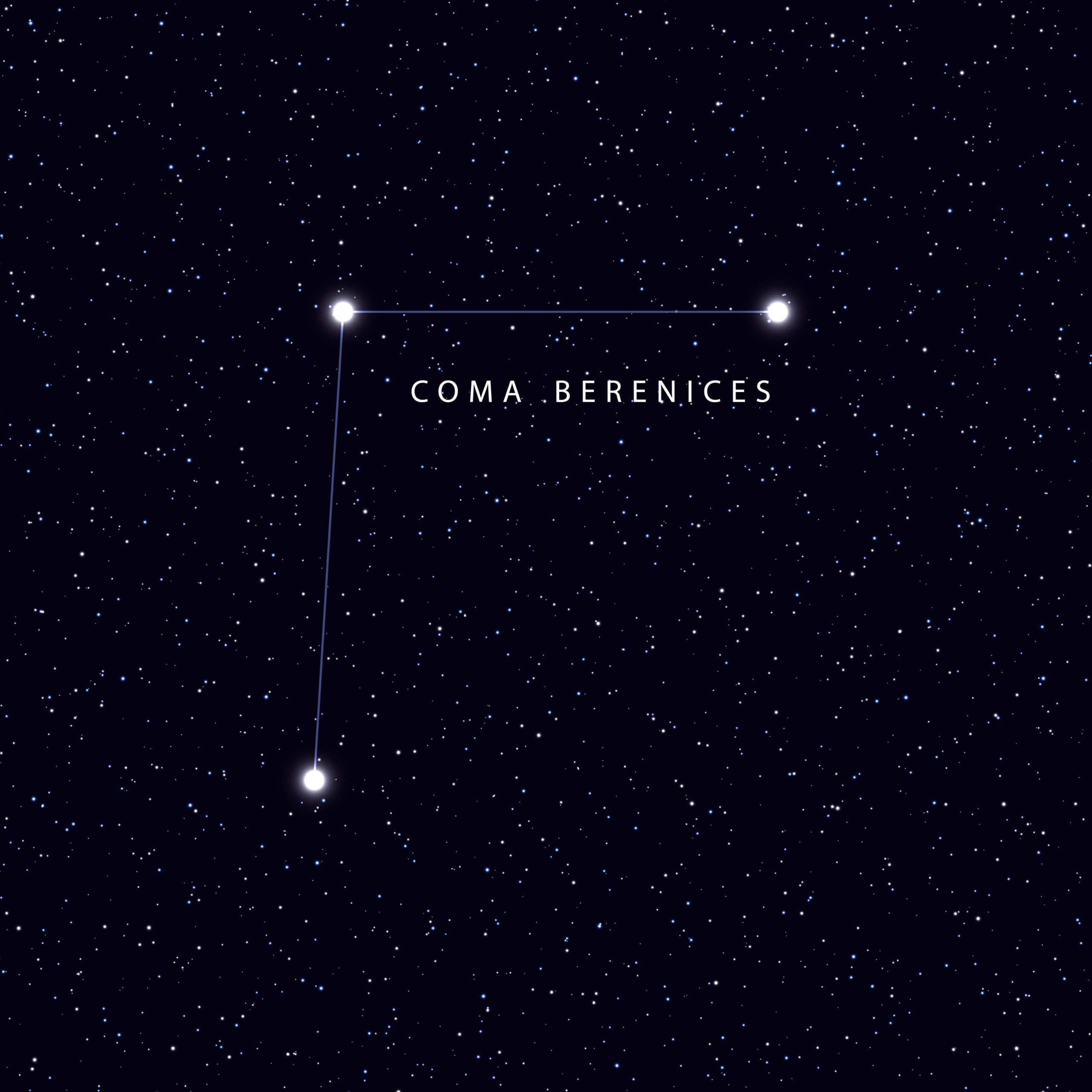
Coma Berenices represents the hair of Queen Berenice II of Egypt. The constellation was named by Greek astronomer Conon of Samos. It lies between Leo and Boötes. The stars of Coma Berenices form a scattered cluster, resembling flowing hair. Mythologically, Berenice sacrificed her hair to ensure her husband’s safe return from war. The gods placed her hair among the stars as a reward. Coma Berenices symbolizes love, sacrifice, and divine favor. It stands as a testament to ancient tales of devotion.
Corona Australis – The Southern Crown
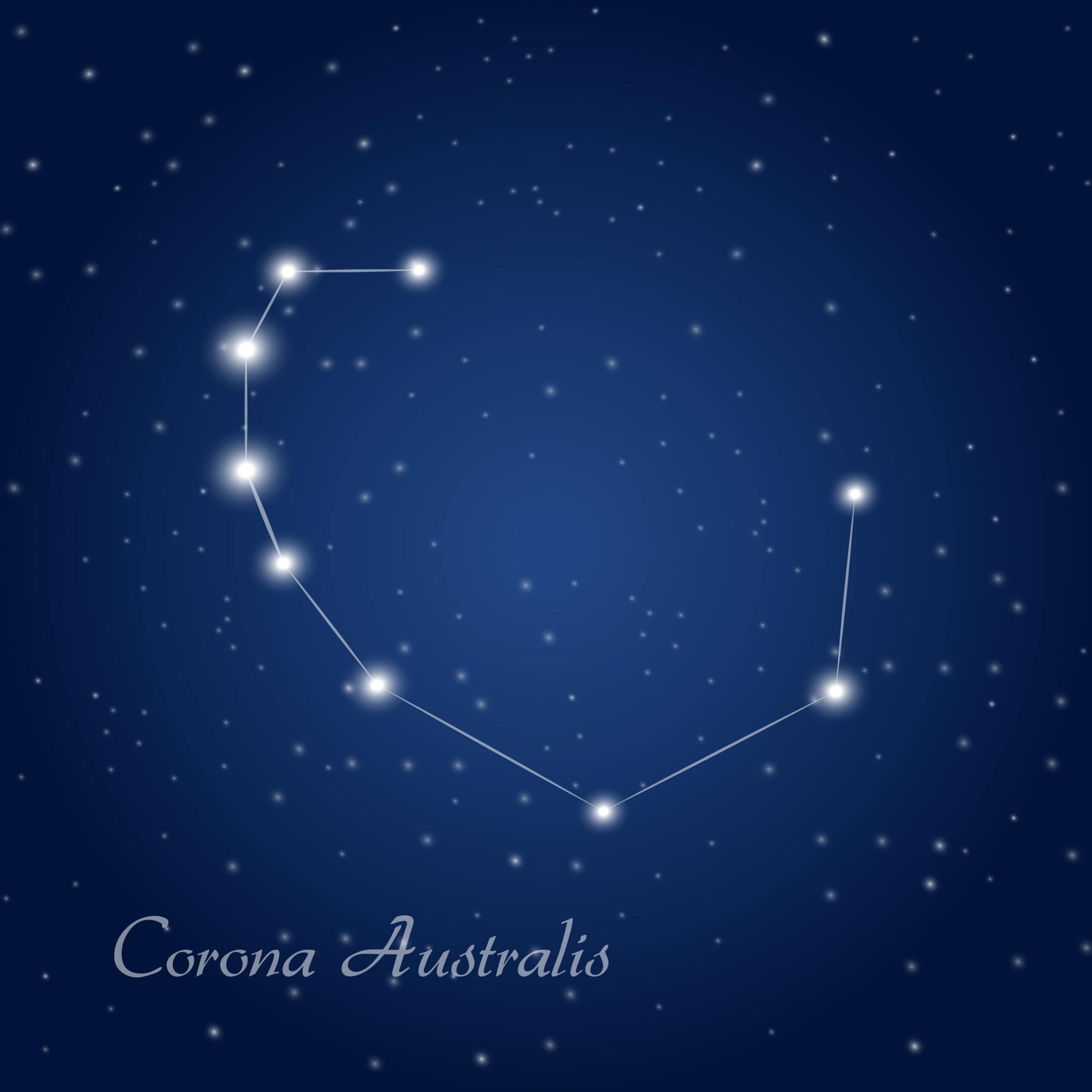
Corona Australis represents a crown or wreath. It is located in the southern sky, near Sagittarius. The constellation’s stars form a semicircular pattern. Corona Australis has been recognized since ancient times, listed by Ptolemy. The crown is associated with the god Dionysus. He placed the crown in the sky to honor his mother, Semele. Corona Australis symbolizes celebration and divine honor. Its celestial presence highlights ancient rituals and festivities.
Crater – The Cup
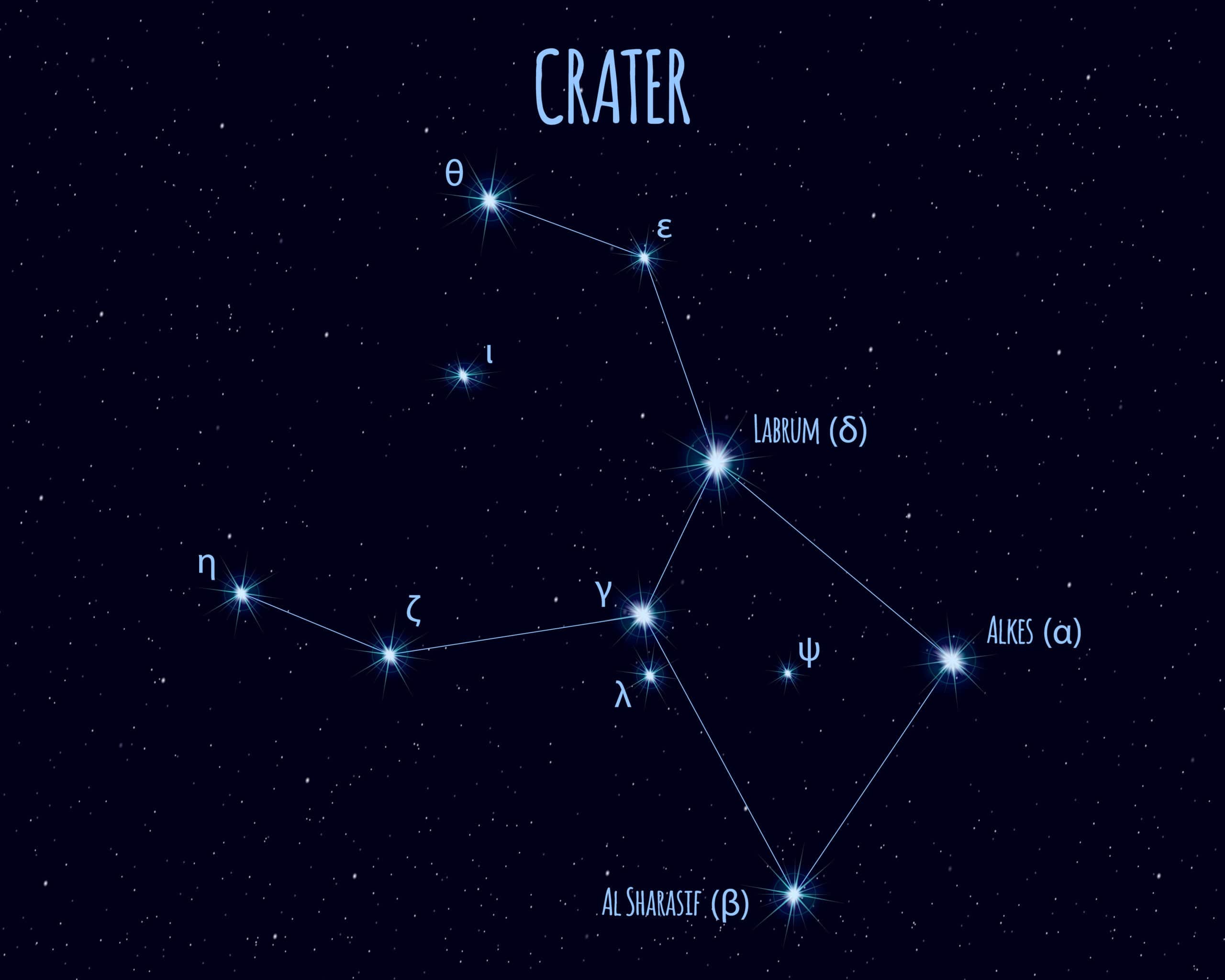
Crater represents a cup or chalice. It lies near the constellations of Corvus and Hydra. The stars of Crater form a distinctive bowl shape. The constellation has been known since ancient times, featured in Ptolemy’s Almagest. In mythology, Crater is linked to the god Apollo. He sent a crow to fetch water in the cup. The crow’s failure led to the creation of the constellations Crater, Corvus, and Hydra. Crater symbolizes divine tasks and celestial punishment. Its story reflects themes of duty and consequence.
Crux – The Southern Cross
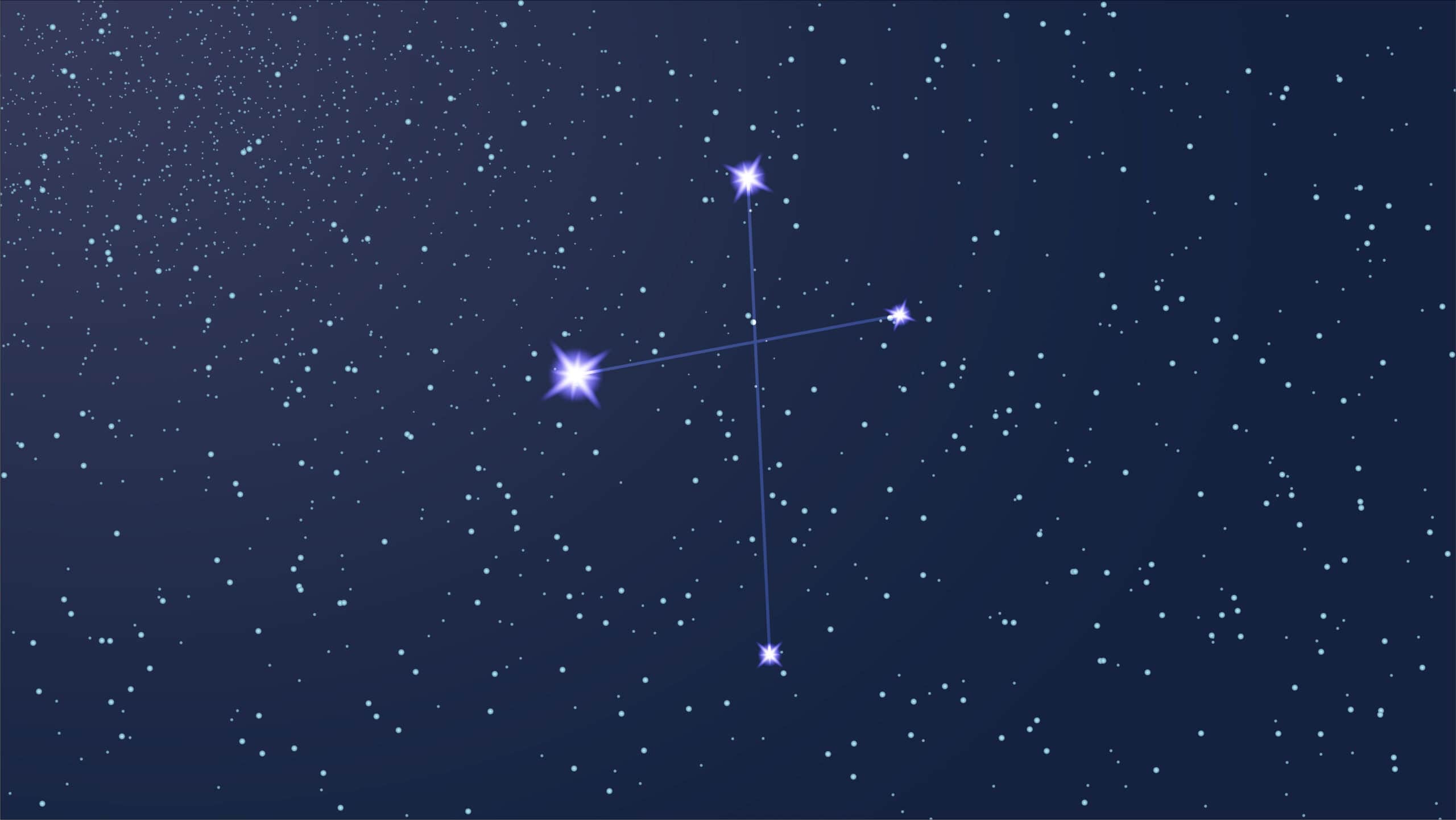
Crux, also known as the Southern Cross, is a prominent constellation in the southern hemisphere. It consists of four main stars that form a cross shape. Crux is a vital navigation tool for southern sailors. Its stars are bright and easily recognizable. Mythologically, Crux represents the cross of Christianity. It symbolizes faith and guidance. The constellation serves as a beacon for travelers and explorers. Crux stands as a celestial symbol of direction and hope.
Dorado – The Swordfish
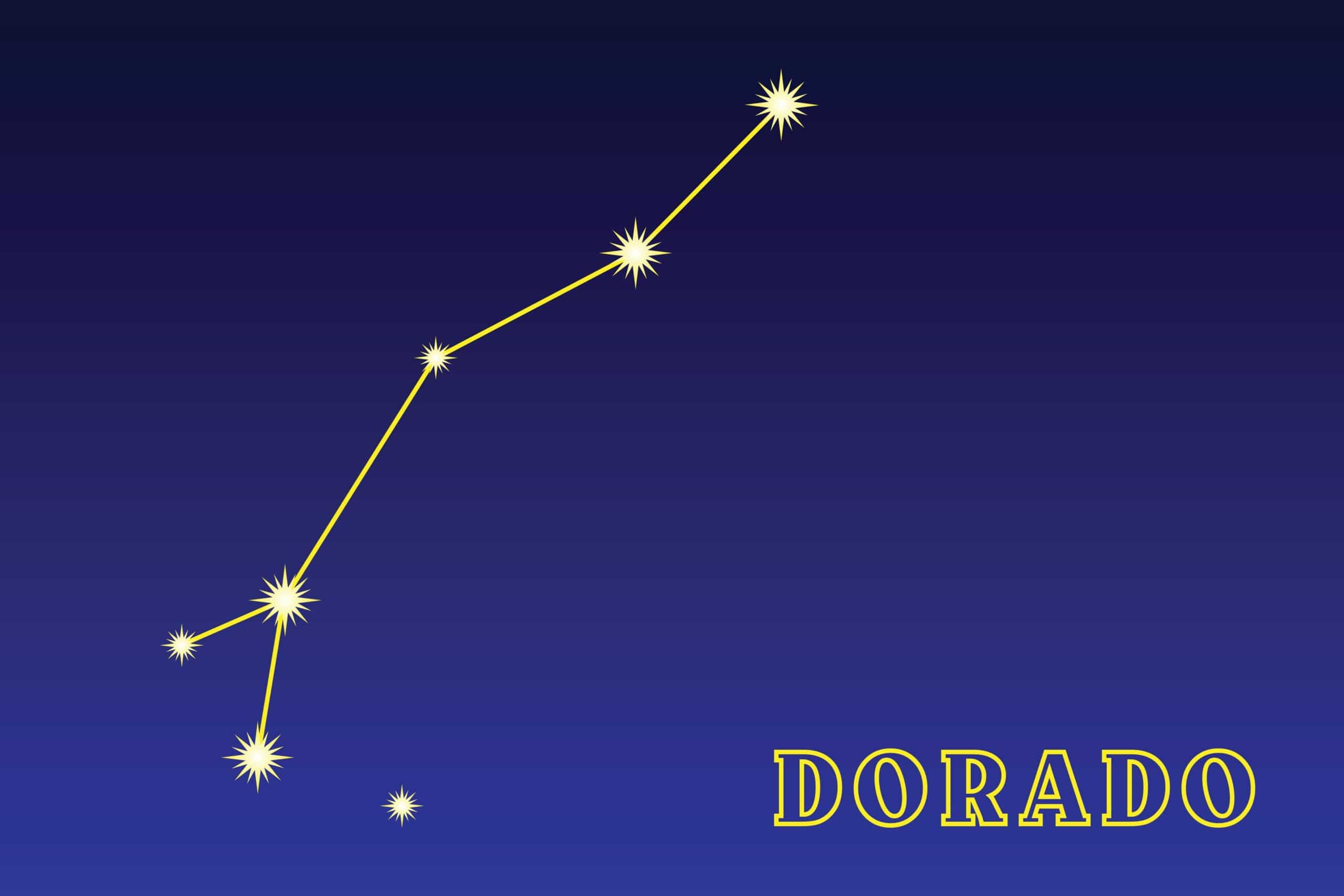
Dorado represents a swordfish or dolphinfish. Dutch navigators named it in the 16th century. The constellation lies in the southern sky, near the Large Magellanic Cloud. Dorado’s stars are faint but form a recognizable shape. Mythologically, Dorado symbolizes speed and agility. The swordfish is known for its swift movements in the ocean. The constellation honors these qualities. Dorado serves as a reminder of the wonders of marine life and the mysteries of the sea.
Eridanus – The River
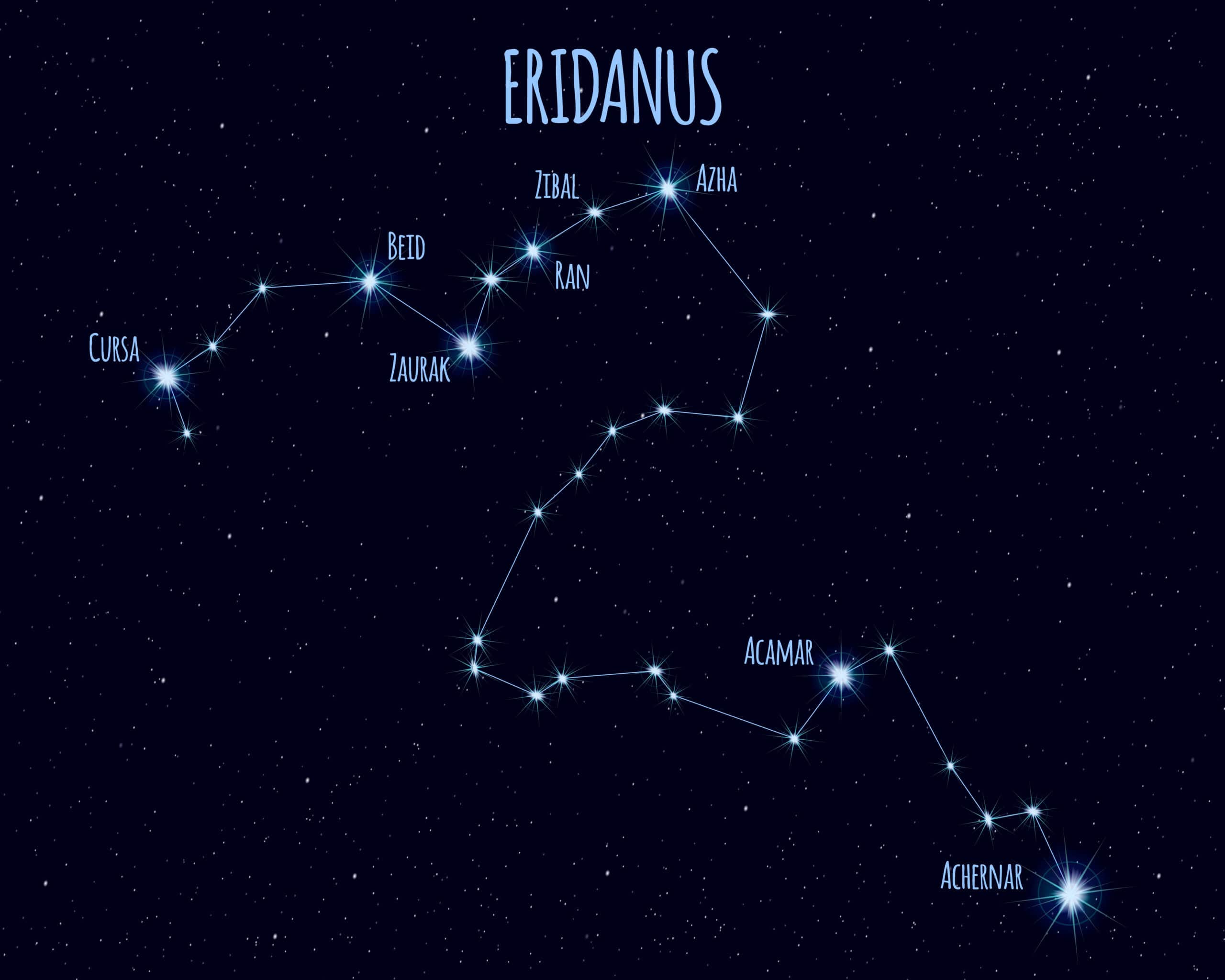
Eridanus represents a river. It is one of the largest constellations, stretching across the sky. Eridanus contains the bright star Achernar at its southern end. The constellation is best seen during winter in the southern hemisphere. In mythology, Eridanus is associated with the river where Phaethon fell. Phaethon, the son of Helios, lost control of the sun chariot. His fall created the Eridanus River. The constellation symbolizes tragedy and the consequences of hubris. Eridanus stands as a celestial reminder of ancient myths and their lessons.
This article originally appeared on Rarest.org.
More from Rarest.org
1971 Lincoln Penny Value Guide
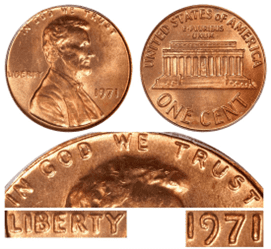
The penny is the lowest denomination of coins in the United States. It is worth 1 cent or $0.01. As this might be the case, there’s something about the penny, specifically the 1971 penny, that still makes it special. Read More.
1972 Kennedy Half Dollar Value Guide
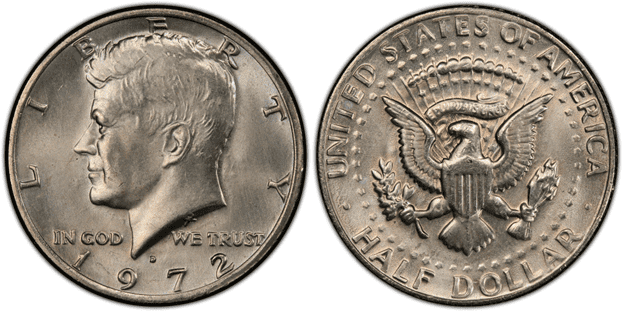
The Kennedy Half Dollar, one of the most well-known and cherished coins honoring one of the most well-liked US presidents — John F. Kennedy — is conserved by both collectors and non-collectors alike. Read More.
1972 Roosevelt Dime Value Guide
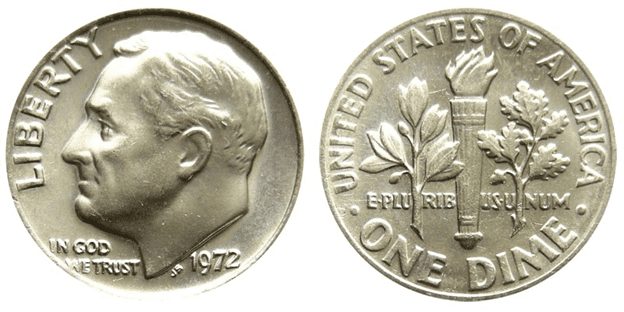
The United States Mint produced the Roosevelt Dime in 1972. This coin is made of a clad material, which means that the inner core is solid copper and the outer layer is a combination of copper and nickel (91.67 percent Copper – 8.33 percent Nickel). Read More.
